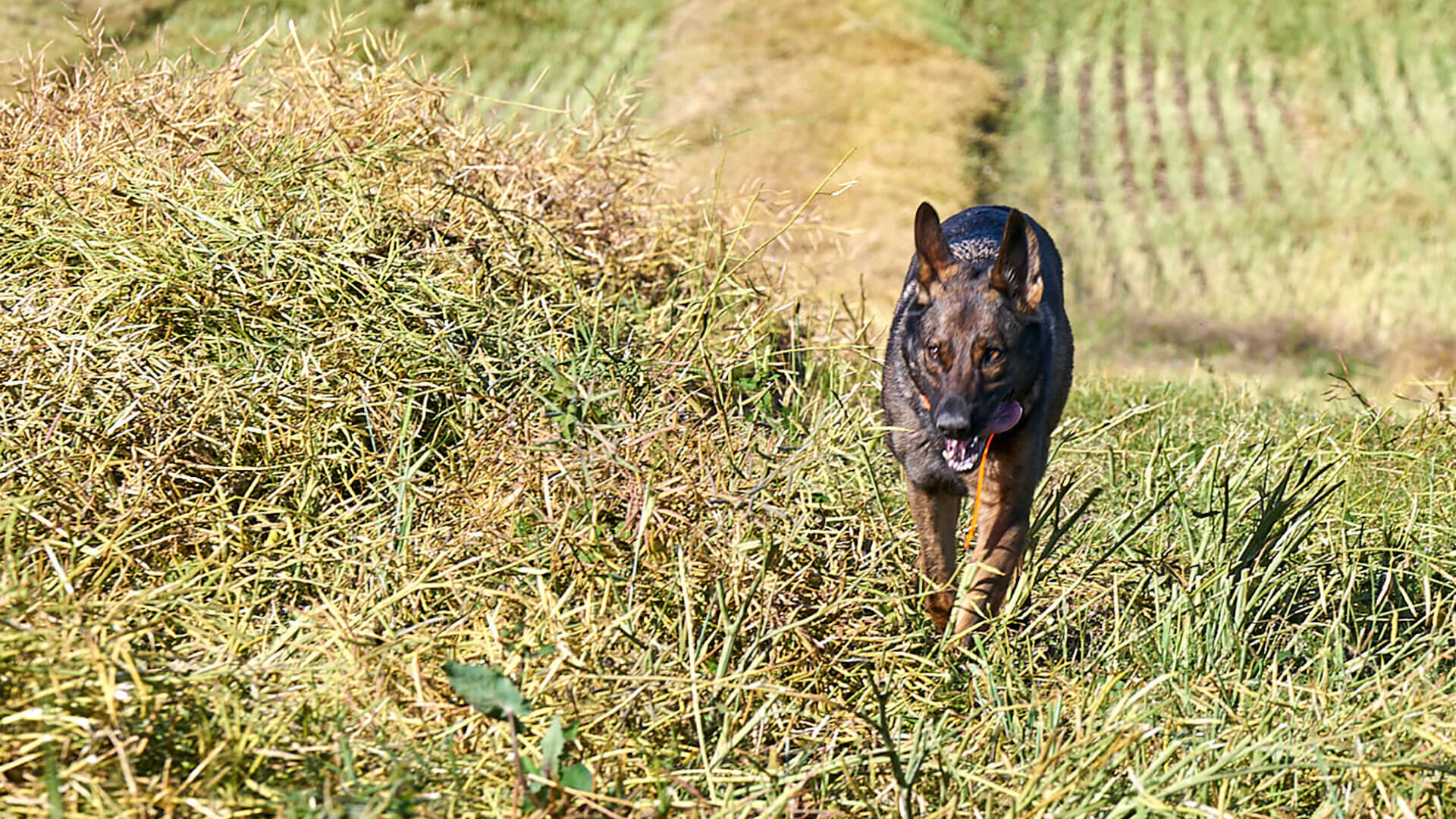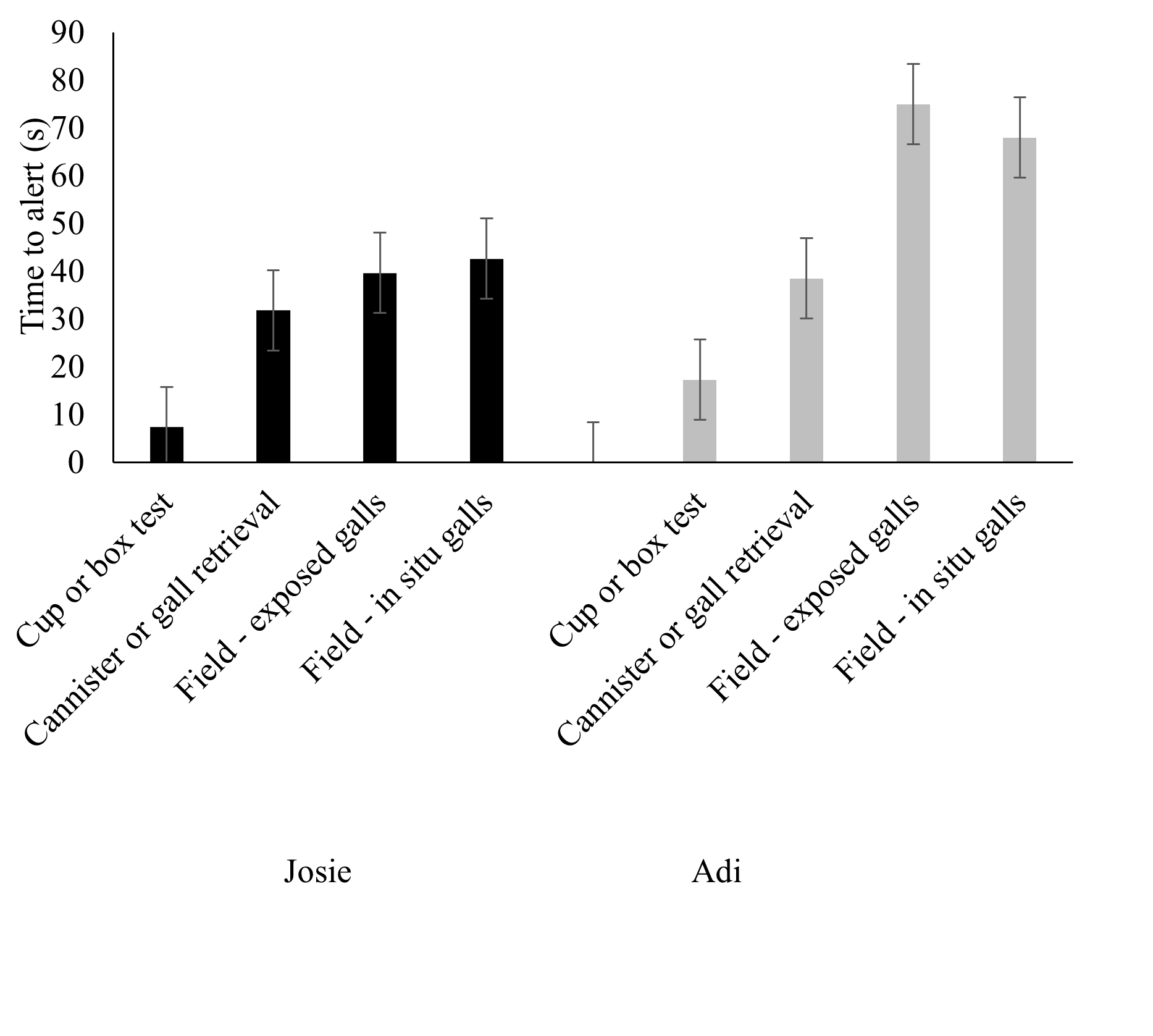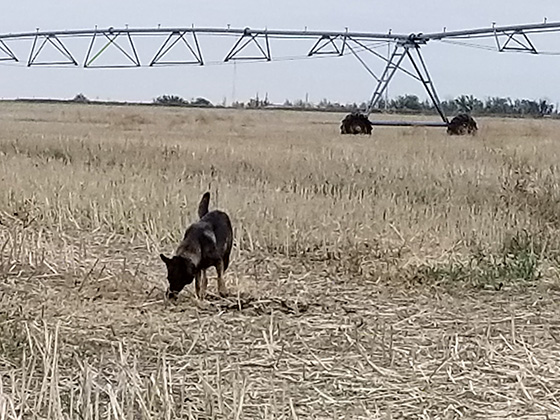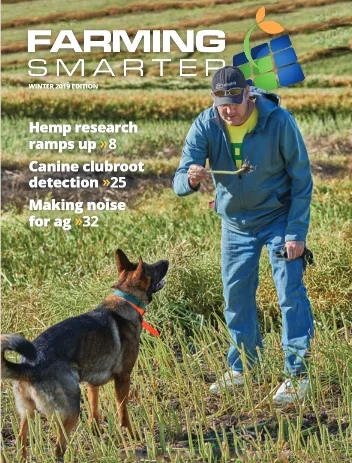Project AbstractClubroot is a serious issue threatening canola production on the Canadian prairies. The disease is caused by the soil-borne protist Plasmodiophora brassicae. Early detection of clubroot symptoms is an important aspect of management because undetected infections can lead to very high populations of resting spores in soils, which then become extremely challenging to manage or remediate. However, soil-borne organisms, such as P. brassicae, primarily cause symptoms on roots underground which cannot be seen without destructive sampling. As a result, the number of roots that can be evaluated is limited by the time and effort required to dig them. The fact that only a tiny percentage of roots can be evaluated in a field means that most infestations are undetected until above ground symptoms appear, which is too late to prevent high resting spore populations. A better approach to detection would be a method that allows rapid scouting of fields for below ground symptoms without destructive sampling. Canine detection of hidden substances has been used by humans for centuries. Today even skin and lung cancer can be detected by dogs. The discriminatory capacity of dogs is astonishing, detecting odors in the parts per million or even less. Remarkably, some can even detect samples previously thought to be odorless. Additionally, dogs can move through fields more rapidly than humans, can work happily for long hours in many environmental conditions, and do not require monetary compensation. Successful examples of detector dog / dog handler teams locating items by scent include, explosives, buried victims, human remains, gas leaks, dangerous animals (snakes), termites, contraband food or products, accelerants, drugs, and money. Detector dogs have even been used to detect infections, pests or diseases by their unique scents. For example, cancers, gypsy moths, screwworms, Laurel wilt disease in avocado, bark beetles, and huanglonbing in citrus. It is reasonable to assume that this amazing ability of dogs to detect unique animals, cells and volatile compounds could be put to use in detection of clubroot. |
|
||||||||||
Project Objectives
|
|||||
Methods |
|||||||||||
|
|
||||||||||
Training dogs to detect clubrootAnimal selection and acquisition. Reputable dog breeders with a history of success will be considered. Specifically designed behavior/response tests will be performed to accurately measure the potential of working dogs. The end goal is an agile, confident physically fit dog needing little maintenance or correction. Brain development in dogs is complete by 42-50 days of age and selections can be made after that time. Physical development of the dog is also important to ensure that they are comfortable and capable of working in the environments required. Acquisition of scent training materials. Clubroot infested materials will be provided from canola roots collected in the 2018 Alberta canola survey (note that pathotype 3 and 5 will be collected, but that detection of individual pathotypes is not in the scope of this project). Clinical training with scent materials (3 months). Primary needs of the animal are taught through repetitive exercises that ensure both short and long term memory acquisition. Additionally, basic obedience is taught, but not at the expense of "scent location at all costs". This training will take place at a dedicated 3200 square foot dog training facility in Shediac, New Brunswick Matrix training. The scent must be detected in a variety of locations and amid a broad range of other scents. For this reason, the target scent must now be mixed with other scents and detection be positively reinforced repeatedly. This process also allows discrimination training whereby the dog learns to avoid distractions and attractive scents and focus solely on the target scent. Practical training (2 week). On location training must include various climate conditions and multiple locations. Measurements
|
|||||||||||
ResultsClinical sensitization, training, and testingThe Dutch shepherd (Josie) with previous scent training, was quickly able to recognize and alert to the presence of the target scent, while the golden-doodle (Adi), a novice scent animal, required more time training. During sensitization and training Josie had a 93.9% accuracy rate (n=84) and Adi had an accuracy rate of 84.2% (n=74; Figure 1). After sensitization, clinical testing was performed using the platform method. In a series of independent scent identification tests, Josie had a 100% (48/48) accuracy, specificity and sensitivity while Adi had a 95.8% (46/48) accuracy, with 95.8% sensitivity and 100% specificity (Figure 1). The means of the accuracy values for the two animals in clinical testing were not significantly different (p=0.08). The time required to alert to the target scent in the platform test, and the time to retrieve in the canister test, was measured for both animals. Josie’s average times to alert were 7.4 s and 31.9 s in the cup and canister retrieval tests, respectively. Adi’s average alert times were 17.3 s and 38.5 s for cup and canister tests, respectively (Table 1; Figure 1). The average times to alert in cup tests were significantly different for the two animals (p=0.002), but the average times to retrieve canisters was not (p=0.48).
|
|||||||
Recommendations
Project playlist |
|||||||
Articles
A unique project looking at training dogs to detect clubroot.





